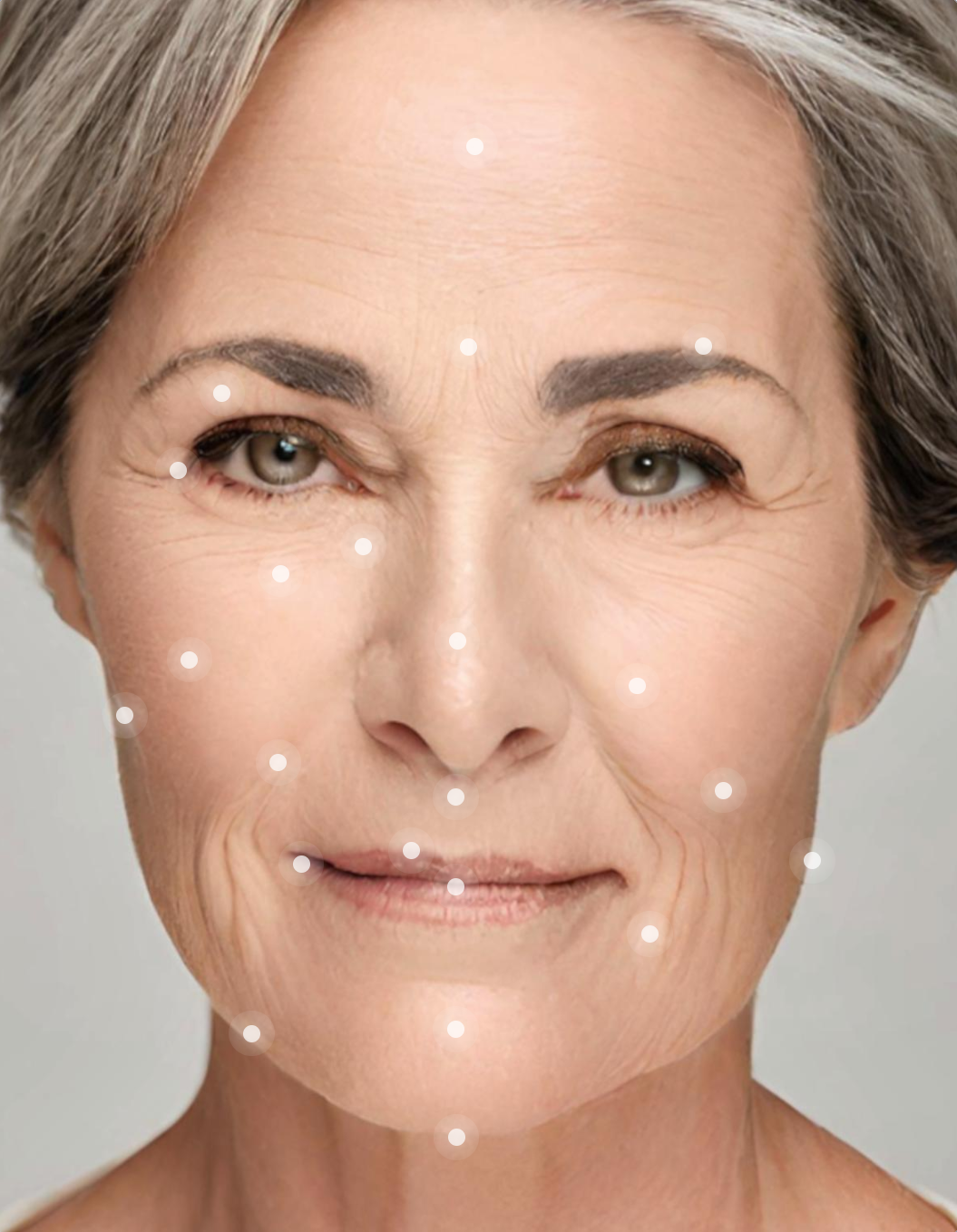AI predictions
for aesthetic fillers
Show your patients the results of filler implants before their treatment
Read your patients' mind
Unrealistic expectations and unclear communication can easily lead to unsatisfied patients. Don't lose your hair trying to figure out exactly what your patients want: let them show you instead.
- Accurate and natural predictions.
- Our AI has been trained on thousands of real cases, ensuring a realistic prediction for any patient.
- (Nearly) infinite possibilities.
- You can choose between 3 prediction types for each of 20+ face regions, independently of each other.
- Injection annotations.
- Our AI suggests you the type and amount of filler, the injection depth and the technique to use for each region.

Clinical cases
Discover how Beautymapper has helped Alice and other patients find their ideal filler treatments
Your questions, answered
- How do I use Beautymapper?
-
You can take a photo of your patient from our webapp, pick the prediction type for each facial region, and the AI will do the rest.
- How long do I have to wait to get my results?
-
It only takes a handful of seconds to process your image, so you can show your patient their results directly during the consultation.
- Is my data safe?
-
Yes, all data is encrypted and stored in the cloud for maximum resiliency.
- Can I use Beautymapper on my mobile device?
-
Yes, we recommend using a tablet or mobile phone to capture high-quality photos.
Hello
We are the people that created Beautymapper.
-

Luigi Cursio, MD
One of Italy's leading plastic surgeons with 30+ years of experience. He's been a speaker and moderator at major international conferences, has been on national TV as scientific expert and has authored numerous papers that have led to the development of patented medical devices in Italy and the rest of the world.
-

Ciro Cursio
Electronic engineer and computer scientist, he specialised in artificial intelligence at Imperial College London where he also served as a Machine Learning fellow. He helped develop the world's first AI-based video codec and has two scientific papers and two patents to his name.